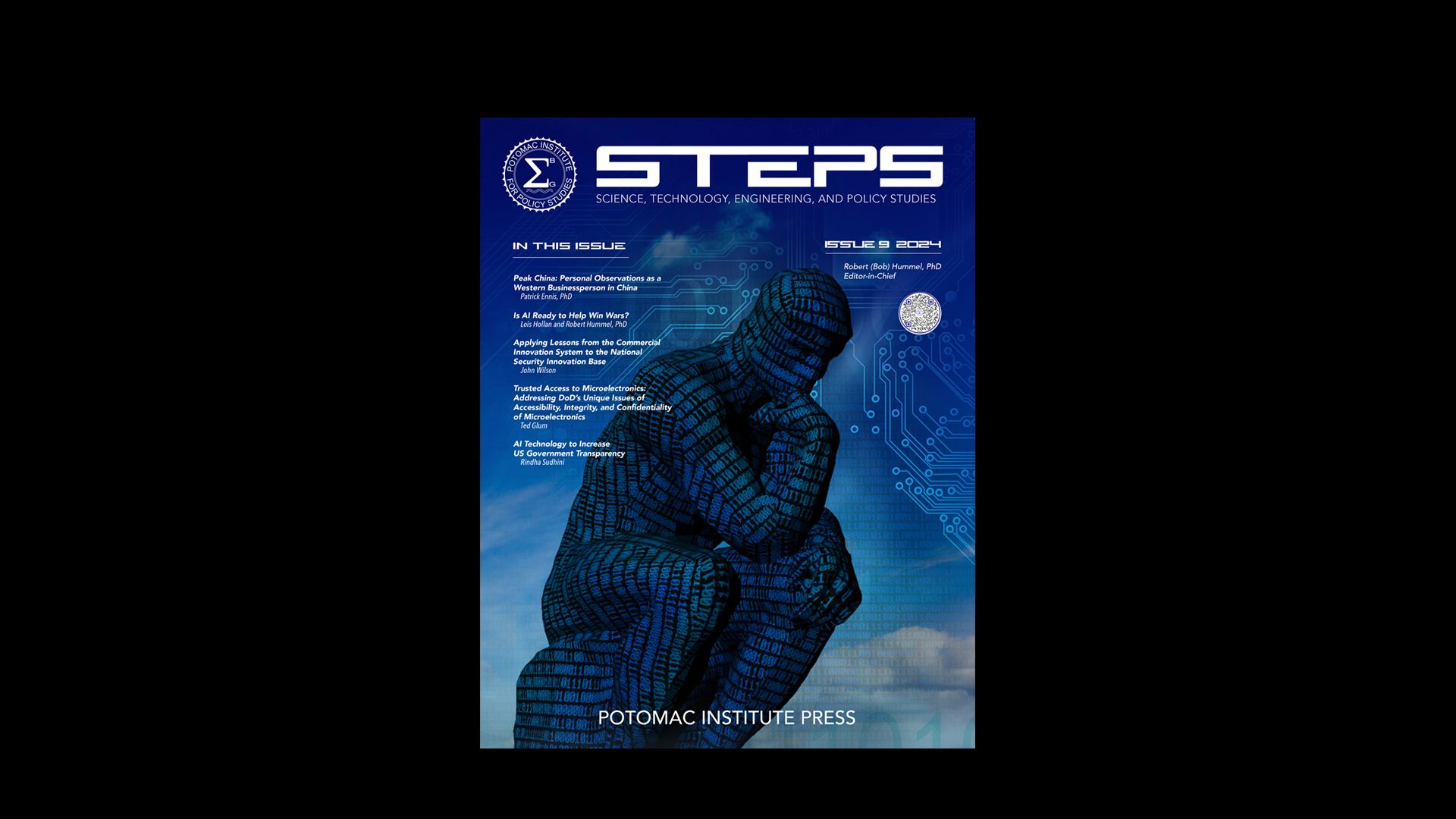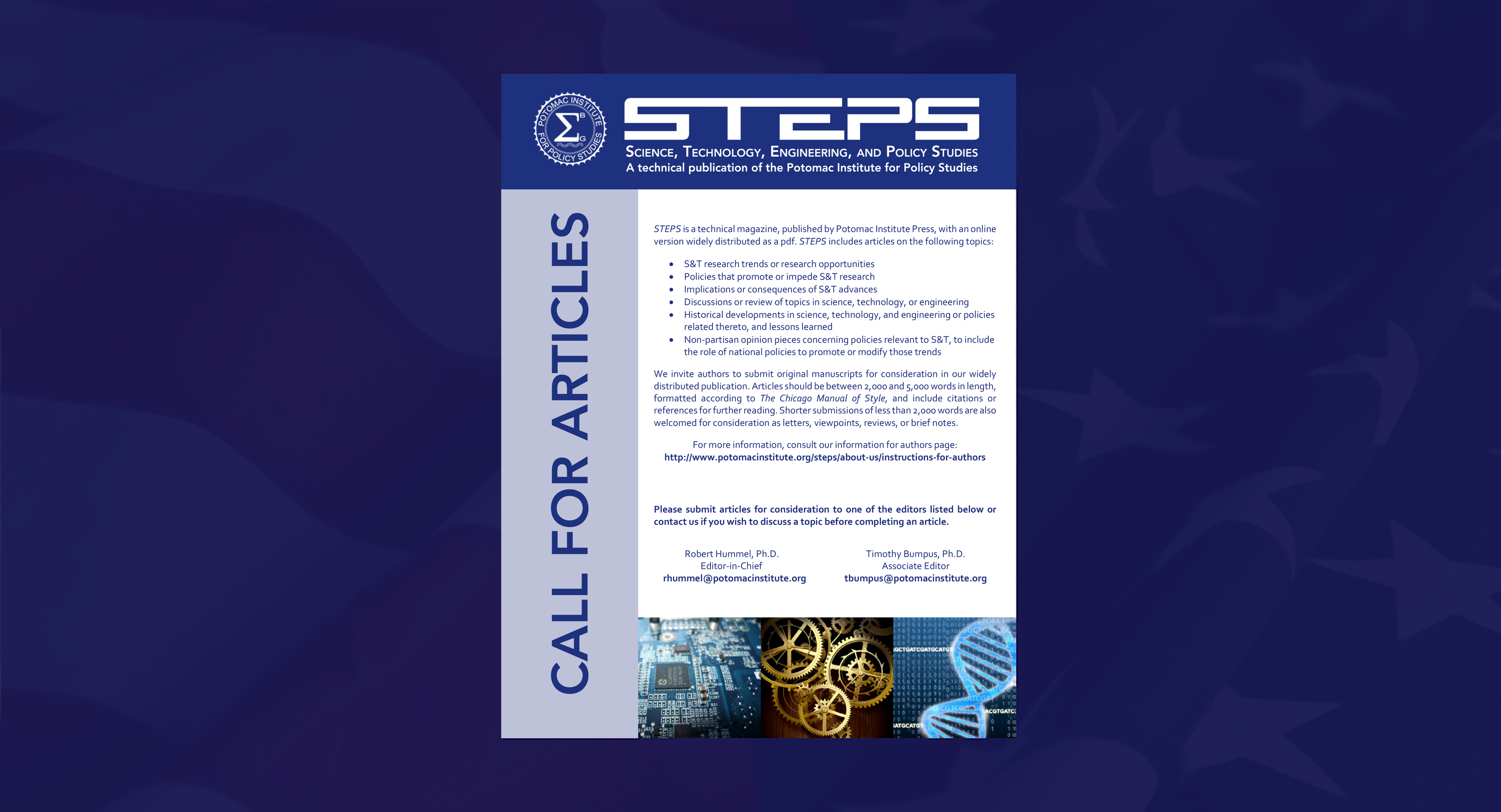SUMMARY: A blog by former U.S. Senator Bob Graham raises concerns about the country’s lack of preparedness in producing vaccines. Graham, chairman of the Commission on the Prevention of Weapons of Mass Destruction Proliferation and Terrorism, states: “Whether the threat is from naturally occurring disease or bioterrorism, the United States needs to be able to produce vaccines and other medicines faster and less expensively. We had six months of advance warning for the H1N1 pandemic. A bioterrorism attack will have no advance warning.’’
STORY LINK: http://www.huffingtonpost.com/sen-bob-graham/why-werent-h1n1-vacccines_b_339986.html
ANALYSIS: The combined stories offer a broad overview of the state of medical science, national and international preparedness, and Nature’s ability to adapt. The emergence and rapid spread of H1N1 is an example of a regularly occurring phenomenon. In its 2007 annual report, the World Health Organization (WHO) reported new diseases have emerged at a rate of one per year since the 1970s. WHO identified at least 40 diseases that were unknown a generation ago and verified more than 1100 epidemic events in the five years prior to the 2007 report.
There are several truths at work here. The first is that while humanity can conquer disease, we are a long way off from overcoming all disease. Viruses change, mutate, undergo reassortment, and are continually evolving. This is why there is a different influenza vaccine each year – we have to predict the prevalent strain and counter it on an annual basis. The second truth is that the severity of influenza varies over time. Typically at risk are the very young and the very old. The H1N1 strain has a disproportionate impact on children and pregnant women, both groups whose lung capacity and response to disease differ from the regular adult patterns.
The third truth is the global vaccine production base is well defined, small, and lacks capacity to deliver either rapidly or in sufficient mass quantifies. Give current technology, between one and two billion doses of flu vaccine can be produced annually, enough for less than a third of the globe’s 6.7 billion inhabitants. Alternative methods of vaccine production are available, but require a considerable investment that no nation has been willing to commit. Reality dictates that a robust and agile vaccine production response capability will entail a strategic investment on the scale of the Manhattan Project that produced the first atomic weapon. The point of Senator Graham’s warning is not that we squandered six months’ lead time, but that the infrastructure is simply not there for this or the next significant disease outbreak.
H1N1 will continue to spread, as influenza does each year, until it runs its course. The significant, yet seldom mentioned, danger is we are at the threshold of the regular flu season. Influenza related conditions kill 36,000 annually in the United States alone. This toll will be superimposed on the already serious H1N1 progression. Immunization against both is imperative as the specific vacceins become available. In the interim, continuing emphasis on personal hygiene, cough etiquette, and environmental awareness is crucial, as is planning for what you will do if you or those around you become ill. While influenza spread is inevitable, a practical approach is achievable.

















